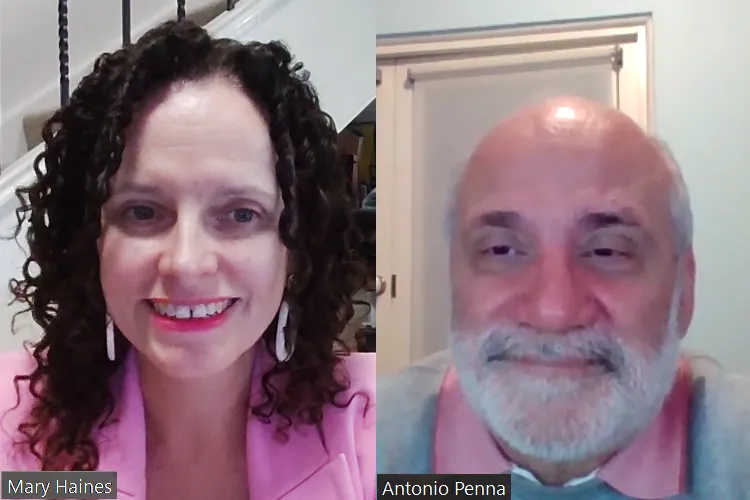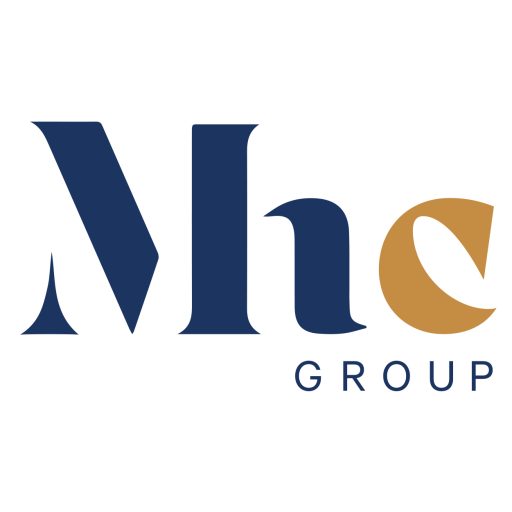
Read time: 2 minutes
Date: 07/2023
Dr Antonio (Tony) Penna has held the role of Executive Director of NSW Health’s Office for Health and Medical Research (OHMR) since 2012, following extensive experience in top-level roles in health, research and medical administration. Tony is a paediatrician, who specialised in paediatric pharmacology before moving into executive management. He was Chief Executive of The Children’s Hospital Westmead for almost five years. The OHMR funds research grant programs and builds research capacity to foster research that is vital to improving healthcare and real-world outcomes. Dr Penna chatted with Mary Haines via Zoom to share his wealth of knowledge on developing impactful research programs.
Top Tips: Dr Tony Penna on developing impactful research programs
Mary Haines: What do you see as the key elements of success for research programs that have a real impact on healthcare delivery?
Dr Tony Penna: “I think that the most important thing is that there’s total clarity on why you’re setting up the research program. Without that you just flounder, the guidelines go everywhere, priorities are disjointed.”
Being clear about the aims of the program makes it easier to write the guidelines and define the expected outcomes, he says.
“So it’s not just that you’ve got to have a good evidence-base, a project that’s actually been demonstrated to deliver. It’s got to be the right fit for an issue or a problem that’s emerged at a broader scale level at a certain point in time.”
Mary Haines: Can you give us an example?
Dr Tony Penna: “The OHMR aims to develop research leadership in specific areas of need in NSW, so its research programs each have a distinct vision.
“For example, the vision for the Cardiovascular Research Capacity Program was to fill a gap by building both capacity and capability for research that focused on addressing the significant mortality and morbidity caused by CVD disease in NSW and Australia.
“In another example, the COVID-19 program aimed to influence the pandemic response, so was focused on research that could be rapidly translated, whether that was in diagnostic, therapeutic, prevention, mental health, messaging or community engagement arenas.”
Mary Haines: What other key elements are needed for a successful translational research program?
Dr Tony Penna: “I think to be successful in this space, you’ve really got to go out to the potential implementers of whatever success comes out of this research, to see if it really is going to be something that they will do if the research is successful,” Dr Penna says. “Without that, we won’t be able to translate our research.”
In developing the program and guidelines, it is also vital to engage with stakeholders including the researchers (whether they were researchers or clinicians), public health organisations, chief executives and directors of research, he adds.
“I think that the most important thing is that there’s total clarity on why you’re setting up the research program. Without that you just flounder.”
– Dr Tony Penna
Mary Haines: What do you think are some pitfalls researchers should sidestep when designing their projects, to meet the vision that your schemes have?
Dr Tony Penna: Researchers must ensure the key collaborators and colleagues they need to assist them in the research and its translation are supportive and believe the project is worthy, he says.
“The biggest pitfall that I’ve seen has been that we have clinicians and researchers who endeavour to do a research program in a particular discipline and haven’t sought the input of the other experts in that space, whether it’s cardiology, oncology or other areas.”
“What I’d like to see is that if somebody’s proposing [a research project]….that they have actually sought out their stakeholders, their clinician groups, their colleagues as to the worthiness of the project they’re doing.”
He adds that it is also important for researchers to consider what other research is under way that could add value to their program, and to ensure support from the potential end-users of the research.
“Often the researchers haven’t actually talked to the stakeholders that will assist them in implementing and scaling, and they haven’t included them earlier on as part of their team. And so if the people that you want to hand over your research findings to, to deliver the goods, aren’t there at the beginning, it’s a real problem.”
A stakeholder plan, a translational plan, and a research impact plan are all critical components of a research project, Dr Penna says.
Mary Haines: In a nutshell, what would be your top tips for the research community to be able to do this?
Dr Tony Penna: “I think stakeholder engagement, including consumers, right at the beginning and communicating with them regularly, I think that’s absolutely critical.”
He says it is important to seek out good collaborators who add true value to the project (not just pad out the research team), and to have total clarity on the research impact and outcomes.
“Develop some program logic around how their research is either going to link into knowledge generation or improvement in the health system.”
Dr Penna says academic outcomes, such as publications or citations, are not enough – researchers also need to be able to articulate and sell the real-world outcomes of their research.
Mary Haines: Looking ahead, how do you see research programs of the future changing? Is there anything going to be different in the next 10 years?
Dr Tony Penna: There needs to be a shift towards a new model of collaborative grant programs, Dr Penna suggests.
“I think the way we go about research has to change”.
OHMR is trialling a brokered collaborative commissioning model for research in priority areas. The COVID-19 Research Grant program was the impetus for trialling this new way of commissioning research. Brokered by OHMR, the whole vaccine research community came together and agreed to develop a range of integrated projects, engaging all the key players in NSW, to focus on research into the immunogenicity of COVID-19 vaccines, Dr Penna explains.
A similar approach was now being undertaken to support future mRNA vaccine manufacturing across NSW, bringing together all the players for workshops to help develop integrated research projects.
Dr Penna says the OHMR is looking to use this collaborative model for future research programs, to ensure the most effective use of public research funding.
“Time will tell whether we’ve got it right or wrong, but I think the research community is excited about doing this,” he says.
July 2021.
Interview by Mary Haines, Founder and Director of Mary Haines Consulting (MHC), a boutique consultancy specialising in strategy, implementation, research and evaluation. MHC developed the five minutes interview series as a platform for leading professionals to share their know how.
You are welcome to republish this article. Please include the following attribution:
This article was first published by Mary Haines Consulting Pty Ltd: www.maryhainesconsulting.com.au.
© 2015-2025 MH Consulting Group (MHC) | Disclaimer | Privacy
